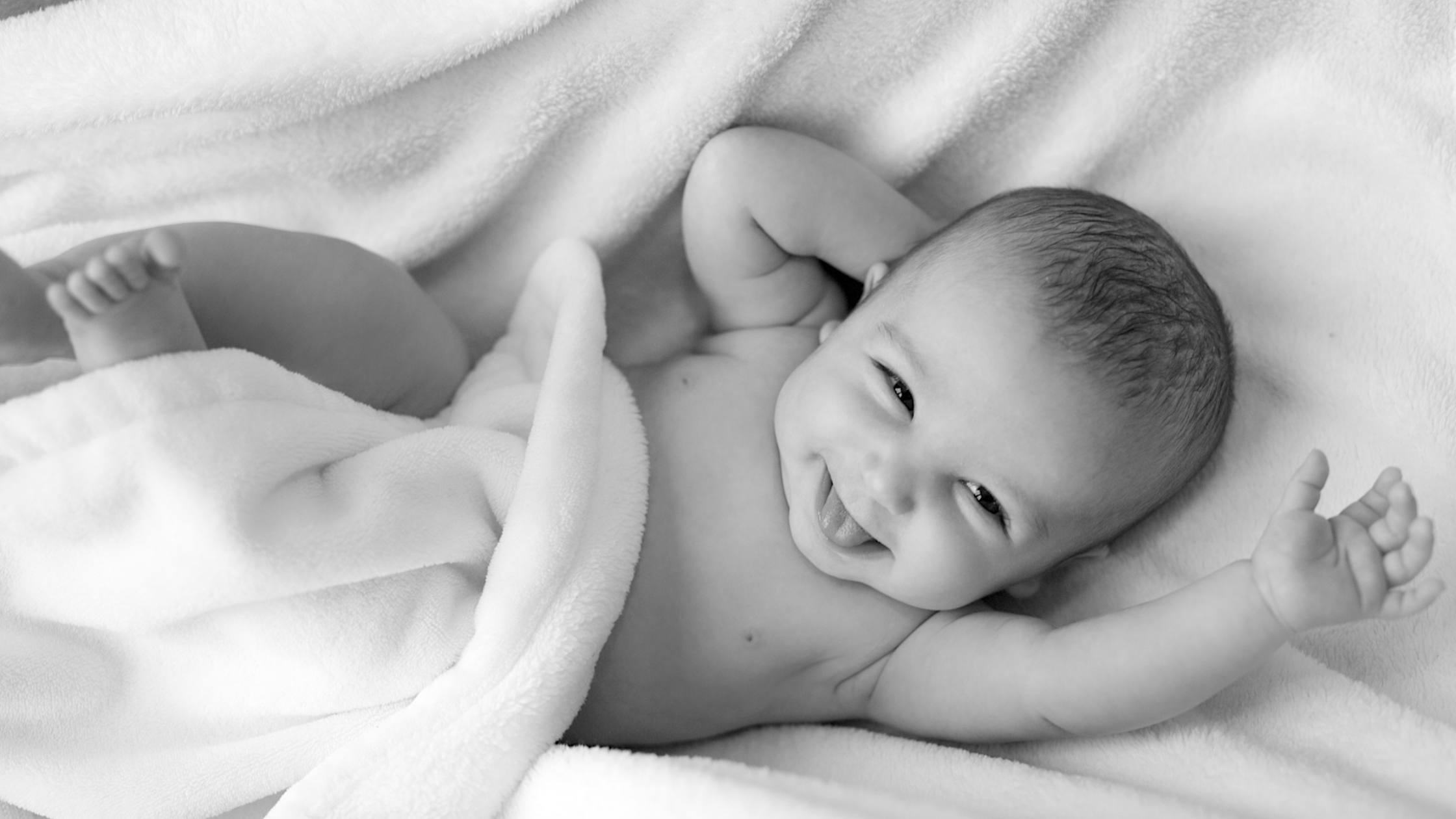Baby Milestones & Development
What are the primitive reflexes my baby should have?
Why are they important?
When should they be integrating?
And what home-care activities can I do to help my baby integrate the reflex and hit their next milestone?
Understanding Retained Primitive Reflexes: What Parents Need to Know
neurodevelopment
primitive reflexes - when they’re important to have…
and when it’s important for them to integrate…
At Nomad Chiropractic, we believe that understanding your child’s development is key to ensuring their best possible health and well-being. One important aspect of this development is the role of primitive reflexes—those automatic movements that are critical for a baby’s growth and functioning.
What Are Primitive Reflexes?
Primitive reflexes are involuntary movements that are present at birth and typically integrate as a child develops. They play a crucial role in a baby’s early physical and neurological development, helping them to learn about their body and their environment. Examples of these reflexes include the Moro reflex (startle response), rooting reflex (turning the head when the cheek is stroked), and the grasp reflex (fingers automatically clasping when something touches the palm).
Importance of Primitive Reflexes for Babies
Primitive reflexes are essential for several reasons:
Neurological Development: They support the development of higher brain functions and coordination. They are for survival - cruicual for feeding etc so we really need them to be active and symmetrical.
Motor Skills: The integration of these reflexes enables babies to gain control over their movements, paving the way for skills like crawling and walking.
Sensory Exploration: They encourage exploration and interaction with their surroundings, a fundamental part of early development.
How Do Primitive Reflexes Present in Babies?
In healthy infants, primitive reflexes are exhibited as natural responses to stimuli. For example, when you touch a baby's cheek, they may turn their head toward the touch, seeking the breast or bottle. These reflexes are critical indicators of neurological health during infancy.
What Happens If Primitive Reflexes Are Not Present or Are Asymmetrical?
If primitive reflexes are underdeveloped, absent, or asymmetrical, it may indicate delays in neurological development. This can interfere with a child’s ability to achieve important developmental milestones. For example:
Absence of Reflexes: This could suggest neurological issues or developmental delays that may require professional evaluation.
Asymmetrical Reflexes: If one side of the body demonstrates reflexes differently than the other, it could indicate underlying motor control issues or tension in the nervous system.
Next Steps If Your Baby Doesn't Have Proper Primitive Reflex Activation
If you notice that your baby is not demonstrating the expected primitive reflexes, it’s important to consult with a healthcare provider familiar with child development. Early assessment and intervention can help address any developmental concerns, ensuring your child receives the support they need.
What Happens If Primitive Reflexes Don’t Integrate?
When primitive reflexes do not integrate, they can persist into later childhood, leading to various challenges such as:
Emotional and Behavioral Issues: Children may exhibit anxiety, difficulty focusing, or be easily overwhelmed.
Balance and Coordination Problems: They might struggle with sports, riding a bike, or even basic movements like running and jumping.
Social Interaction Difficulties: Retained reflexes can make it harder for kids to engage with their peers effectively.
Presentation in School-Aged Children
As children grow, retained primitive reflexes can manifest in:
Learning Difficulties: Trouble with reading, writing, or math can arise from coordination and focus issues.
Emotional Dysregulation: They may have a heightened startle reaction, intense emotional responses, or trouble managing frustration.
Physical Challenges: Problems with motor skills such as handwriting or sports can indicate dysfunctional reflexes.
Home Care Advice for Families
Supporting your child’s development is crucial. Here are some home care strategies that might help:
Encourage Movement: Activities such as crawling, climbing, and playing on uneven surfaces can help integrate reflexes.
Sensory Play: Engaging in sensory-rich activities can stimulate the nervous system and promote development.
Physical Exercises: Incorporating balance exercises, like standing on one foot or walking heel-to-toe, can enhance coordination and integration.
How Chiropractic Care Can Help
Chiropractic care focuses on optimizing the nervous system and addressing structural imbalances. For children with retained primitive reflexes, chiropractic adjustments may help:
Improve Nervous System Function: Chiropractic care can support the body's innate ability to heal and develop. Movement is key - if there is joint restriction then it can impact brain stimulation so we locate and make age appropriate adjustments to spinal levels that are restricted in movement.
Enhance Mobility: Gentle adjustments can remove subluxations (nerve interference), relieve tension and promote better coordination and balance.
Support Emotional Well-being: Addressing physical stressors; and assisting integration of retained primitive reflexes, can lead to improved emotional regulation and behaviour.
At Nomad Chiropractic, we often recommend specific exercises and activities that you can do at home alongside professional chiropractic care to further support your child’s development.
Conclusion
Understanding retained primitive reflexes is crucial for fostering your child's development. If you have concerns about your baby's reflexes or their integration, don’t hesitate to reach out to a healthcare professional. At Nomad Chiropractic, we are here to help you navigate this journey, providing targeted care and support for your family's health and well-being.
Why is muscle tone so important in children?
Muscle tone is the indicator of effective development in our children.
Muscle tone helps with confidence and ability with skills that require balance, coordination and proprioception.
Muscle tone supports posture/alignment, which helps with proper biomechanics of the body/joints.
Good muscle tone in early months and years of life is crucial in the development of the lower limbs
Join Mosman Chiropractors for the full discussion…
A deeper dive into Plagiocephaly / Flat head syndrome
A deeper dive into Plagiocephaly - looking at the research:
- What is plagiocephaly, brachycephaly, dolicocephaly?
- What’s the prevalence of plagiocephaly?
- What are the risks associated with plagiocephaly?
- How is plagiocephaly diagnosed and classified?
- Why does plagiocephaly cause neurodevelopmental delays?
-What’s the chiropractors role in plagiocephaly management?
Plagiocephaly - Flat Head Syndrome
Tongue Tie (Ankyloglossia): Diagnosis, Symptoms, Surgery, and More
By Guest Author: Sarah Hornsby, RDH - is a myofunctional therapist based in Seattle.
What is a tongue tie?
- How to diagnose a tongue tie in Abbies, children or adults
- 8 Symptoms of tongue tie
- Tongue tie causes and risk factors
- Treatment for tongue tie: surgery & myofunctional therapy
- Consequences of untreated tongue ties
- Lip ties
- Tongue tie in adults: should adults have theirs released?
Babies and Torticollis "wry neck"
What is torticollis?
What causes torticollis in babies?
How would I know if my baby has a torticollis?
What happens if I don’t correct my baby’s torticollis?
How can I help my baby’s torticollis?
What home-care exercises can I do for my baby’s torticollis?
Join chiropractor Karli Plowright as she answers some of your common questions on baby torticollis…
Developmental Dysplasia of the Hip (DDH)
Why is tummy time important?
Retained Primitive Reflexes
Why do we Swaddle our babies?
Infant Shoulder Dysfunction
“The presence of glenohumeral joint (shoulder) dysfunction in infants has been found to be associated with increased irritable behaviour.
Irritable behaviour in infants is important, as it has been found to be associated with decreased infant sleeping as well as a number of co-morbidities, such as lower IQ scores, poorer fine motor abilities, increased cognitive problems at 5 years of age, and hyperactivity.” (Dr’s Keil and Fludder). Click to read the full article.
Your Baby + Sleep Difficulty
Plagiocephaly - headshape asymmetry
Author: Chiropractic Children’s Healthcare….”Head asymmetry can be evident from birth in about 13% of babies due to in utero moulding of the shape of the baby’s head; in most cases rapid correction of the baby’s head shape occurs soon after birth. Most cases of head asymmetry develop after birth becoming apparent to the parents or to a health care professional between four to eight weeks of age.” Click to read on
Chiropractic and the Breastfeeding Baby: New case report explores cranial dysfunction link (ASRF)
Breastfeeding is no small task. It is baby’s first act of multitasking – sucking, swallowing and breathing. We know that it provides advantages in terms of attachment and immunity among other things. We also know that for some, it just doesn’t work out. But what can a chiropractor do to support a mother who is facing difficulties but wants to persevere? That’s where a new case report proves interesting.
Favourable indicators for manual therapy and colic – new study (ASRF)
Colic: Probiotics and Manual Therapy recommended:
A new study has been released by the British Medical Journal, feeding into the seemingly endless quest for an answer on effective treatments for colic. In what is perhaps a telling move, the study was a systematic review of systematic reviews and national guidelines to “assess the effectiveness of four common treatment approaches.” Yes, you read that right, a review of the reviews – and still the news is this: manual therapies come out quite favorably in terms of effectiveness















